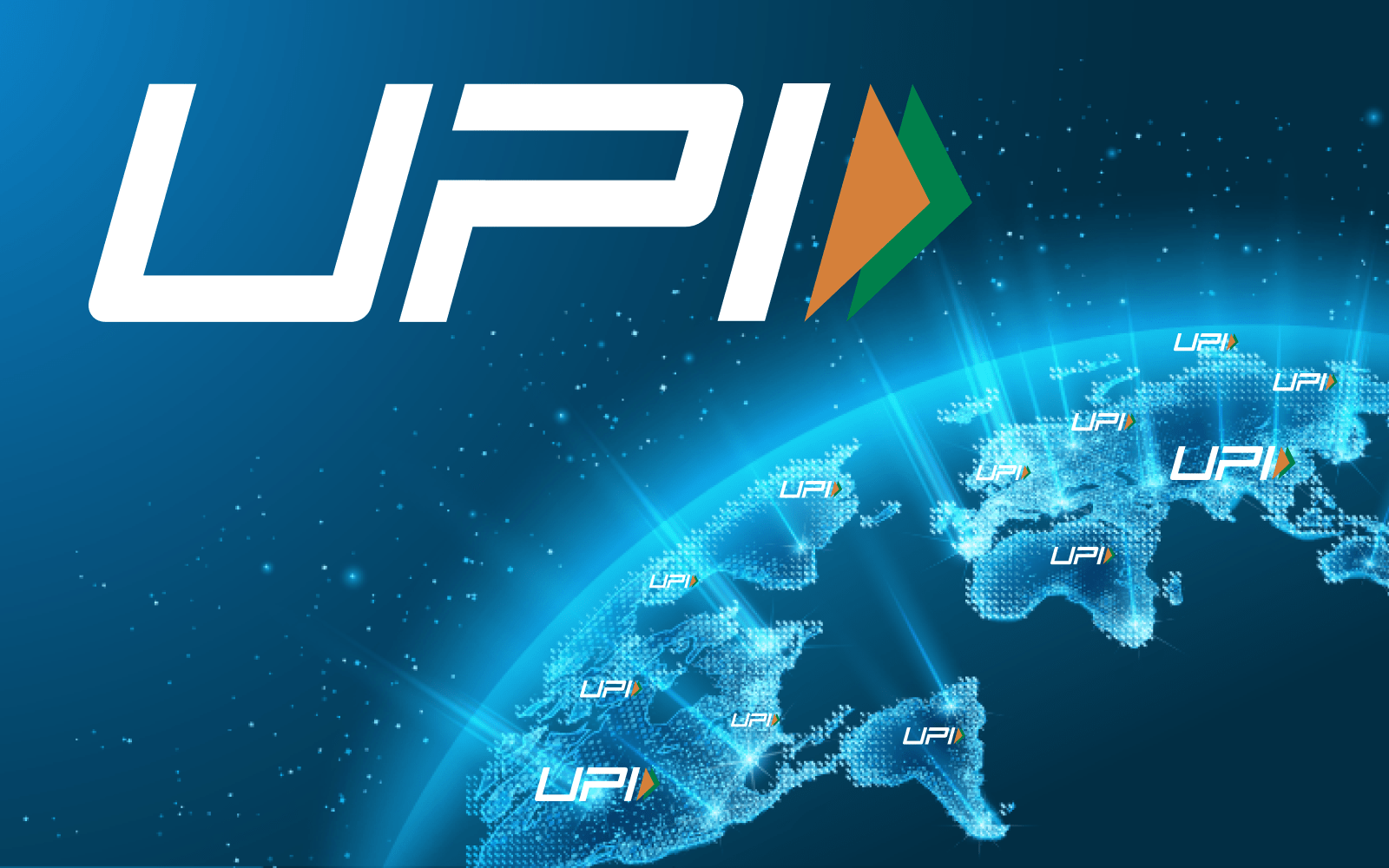In just a few short years, India has transformed into a global leader in digital payments. The Unified Payments Interface (UPI) turned out to be a game-changer, simplifying peer-to-peer and peer-to-merchant transactions with a seamless and instant experience. But in 2025, as we peer into the future of India’s financial ecosystem, one question looms large — what’s next after UPI?
This blog dives deep into India’s digital payment landscape post-UPI, uncovering the emerging innovations, trends, and technologies that are poised to shape the future of financial transactions.
-
The UPI Phenomenon: India’s Digital Payments Backbone
🔸 UPI was launched in 2016 by the National Payments Corporation of India (NPCI) and has since become the heart of India’s cashless revolution. With over 12 billion transactions per month in 2025, it’s now ubiquitous across demographics — from local tea stalls to high-end retail.
UPI’s real-time payments, low cost, and government backing gave it wings. Features like UPI AutoPay for subscriptions, UPI Lite for low-value offline payments, and integration with international networks made it the backbone of India’s digital economy. But like every tech breakthrough, UPI too has its limits — scalability, infrastructure dependency, and reliance on smartphone penetration being some of them.
-
Limitations of UPI: Why We Need to Think Beyond
🔸 While UPI has democratized digital payments, several structural limitations prevent it from being a universal solution. For one, UPI still needs a functioning bank account, internet access, and a smartphone. In rural or economically weaker sections, this isn’t always feasible.
Also, UPI transactions are often delayed during peak hours, and cybersecurity threats have become more frequent. The system’s dependency on bank servers makes it vulnerable to downtimes. As India moves towards a more inclusive, tech-savvy financial ecosystem, the need for alternate or complementary technologies is pressing.
-
CBDCs: The Digital Rupee’s Role in Post-UPI India
🔸 One of the strongest contenders to support or even partially replace UPI in the long run is India’s Central Bank Digital Currency (CBDC), or the Digital Rupee. Launched in 2022, the Digital Rupee is issued by the Reserve Bank of India (RBI) and is essentially a legal tender in digital form.
Unlike UPI, which facilitates money transfer between private bank accounts, the Digital Rupee is a sovereign-backed digital asset. It can be used offline, doesn’t need internet connectivity, and is being designed for programmable payments — think automatic GST deductions or direct subsidy transfers without middlemen.
Its pilot programs are being scaled rapidly, especially in B2B and government schemes. Over time, the CBDC could integrate with UPI or even function as a standalone infrastructure, replacing the need for bank-mediated digital payments.
-
Account Aggregators: Data-Powered Transactions
🔸 Another revolutionary innovation gaining ground is the Account Aggregator (AA) framework. While not a payment system per se, it is a data-sharing protocol that could redefine how credit, insurance, and even payments work in India.
Under the AA framework, users can securely share their financial data — like bank statements, mutual fund holdings, or GST records — with regulated entities. This data portability allows fintechs to create personalized products and frictionless payments.
Imagine a scenario where a merchant gets a micro-loan instantly because their UPI transaction data proves steady income. Or insurance premiums are paid automatically through programmable logic. AA combined with UPI or CBDC can open doors to highly intelligent financial systems.
-
Voice-Based Payments: The Next Wave of Inclusion
🔸 In a multilingual, diverse country like India, one of the biggest bottlenecks in digital adoption is language and literacy. Enter voice-based payments. Companies like ToneTag and PayTM are piloting systems where users can make payments using voice commands in regional languages.
With technologies like IVR (Interactive Voice Response) and voice biometrics, users — especially senior citizens and rural populations — can transact without typing or reading. This has enormous potential to democratize digital payments beyond smartphones and literacy barriers.
In 2025, we may see NPCI itself integrate voice-first features into UPI, and Digital Rupee wallets may follow suit.
-
Offline Payments & NFC: Financial Access Without Internet
🔸 As much as we love high-speed internet, it’s still patchy or unavailable in many rural or remote parts of India. Offline payment systems are tackling this gap head-on. UPI Lite is a step in this direction, but Near Field Communication (NFC)-based offline wallets are taking it to another level.
Users can store a set amount of money in their device and pay through NFC by just tapping. No need for internet or even entering PINs. This is similar to how metro cards work, but now integrated into smartphones and smartwatches.
RBI and fintechs are jointly working on expanding NFC’s infrastructure. It’s expected that this tech will become mainstream in kirana shops, auto-rickshaws, and even government-run ration shops.
-
Biometric Payments: Your Finger is Your Wallet
🔸 Aadhaar has already revolutionized how identity is verified in India. The next big step is using biometrics — fingerprints, facial recognition, and iris scans — as payment authorizations.
The Aadhaar Enabled Payment System (AePS) is already live, allowing people to withdraw or deposit money using their Aadhaar and fingerprint at Micro-ATMs. In future, facial recognition could authenticate payments at POS machines, creating a seamless, contactless experience.
With more privacy safeguards being introduced, biometric payments could make passwords and PINs obsolete while ensuring fraud-proof systems.
-
AI-Powered Personal Finance Assistants
🔸 Fintech apps of 2025 are no longer just tools for payments — they are becoming intelligent financial assistants. AI and ML are being used to analyze your income, spending, and financial goals to give personalized investment tips, budget alerts, and even suggest when and how to pay your bills.
Startups like Jar, CRED, and Jupiter are already experimenting with AI-based nudges that help you save more or spend better. As AI integrates deeper into UPI and banking apps, your future wallet may be smarter than your financial advisor.
This convergence of AI with payments is not just a convenience — it’s a whole new way of managing money.
-
Tokenization & Digital Identity: Privacy-First Payments
🔸 As digital payments increase, so do concerns about data privacy and fraud. Tokenization — where your card details or payment credentials are replaced with unique tokens — is now mandatory in India.
This system ensures that your payment data isn’t stored by merchants, reducing the risk of leaks. Combine this with digital identity systems and zero-knowledge proofs, and we are heading toward a payment ecosystem where your money moves — not your private data.
This will be crucial as India ramps up cross-border digital transactions and interoperable systems with global networks.
-
WhatsApp, ONDC & the Commerce-Payment Convergence
🔸 WhatsApp Pay, ONDC (Open Network for Digital Commerce), and similar platforms are blending commerce with payments. You discover a product, place an order, and pay — all within the same app.
This frictionless experience is reducing the gap between consumer and merchant. ONDC is especially powerful, as it aims to be the UPI of e-commerce — creating an open, level-playing field for small sellers and startups.
The fusion of commerce and payments could mean that the next big leap in digital payments isn’t a standalone app, but an ecosystem-wide integration.
-
Will UPI Get Replaced? Or Reinvented?
🔸 Despite all these innovations, UPI is far from obsolete. In fact, it may evolve further by absorbing or integrating many of these upcoming technologies.
Expect to see:
👉 UPI integrated with CBDC wallets
👉 UPI 2.0 with programmable features
👉 International UPI acceptance
👉 Biometric & voice-based UPI
So rather than being replaced, UPI is more likely to become the hub that connects all these payment innovations into one seamless experience.
-
Conclusion: The Future of Payments is Intelligent, Inclusive & Invisible
The evolution of digital payments in India is moving from convenience to intelligence, from inclusion to personalization. The systems of tomorrow will not just transfer money — they will understand you, guide you, protect your privacy, and work even without your active input.
From CBDCs to AI-driven wallets, from NFC to voice payments, the next big innovation is not a single app but a whole ecosystem coming together.
UPI was the spark.
Now, India is building the fire.




